New Era for the Arts
Marshall, Scanlan have revitalized dance, visual arts at Lewis Center
Choreographer Susan Marshall and visual artist Joe Scanlan were in very different places when Princeton approached them about joining the faculty in 2009–10. Marshall was fully involved in her dance company and never had imagined herself in academia; Scanlan was teaching at Yale while creating works of his own. But both said they were drawn to the idea of teaching and reshaping their respective programs.
“Princeton presented the opportunity to build something from scratch,” Scanlan said. “If I was going to try to make a great arts school, how would I do that?”
“I was really struck by how prepared the students were,” said Marshall, the artistic director and choreographer of Susan Marshall & Company and the director of Princeton’s dance program since the fall of 2009. “I was very impressed by them. And that stuck with me.”
In the spring of 2010, Scanlan joined the Lewis Center for the Arts as the director of the visual-arts program. A conceptual artist and author, he had been working for years on a project that showcases the life and art of “Donelle Woolford,” a fictional black, female artist, in collaboration with professional actors Jennifer Kidwell and Abigail Ramsay. (The project made headlines last year after a black artists group withdrew from an exhibition at the Whitney Museum Biennial in New York to protest the inclusion of Woolford as if she were a real artist.)
The arrival of Scanlan and Marshall came as the University was planning the Arts and Transit project, which is scheduled to be finished in 2017. The two professors wasted no time in revitalizing their respective programs, hiring new faculty and staff, and expanding the course offerings. Marshall has introduced more courses in ballet, world and urban dance, contemporary dance, and dance history and criticism. And since Scanlan’s arrival, there have been more offerings in graphic design, photography, and film/video production.
Both have emphasized collaboration between programs within the center and with other academic departments. They reinforced this with the creation of a class they have co-taught twice: “Muscle/Memory,” which explores the intersection of dance and visual arts.
“Susan is very experimental, and that’s very different,” said Asawari Sodhi ’15, a politics major working on a certificate in dance. “I think most of us [dancers] come from very regimented backgrounds — we’ve had very disciplined and linear training and it sort of comes apart in her class. ... I always feel as though I grow as a thinker with Susan.”
Gerardo Veltri ’15, a German major pursuing a certificate in visual arts, praised the accessibility of the Lewis Center faculty members, many of whom commute from New York and pursue their own projects in addition to teaching.
“The great thing about Joe and Susan is their openness to the world,” said Michael Cadden, chair of the Lewis Center. “Too many artists live in silos, but I have yet to find an area of human endeavor that does not feed Susan’s artistic imagination. And it’s no accident that she has co-taught with Joe, as he too is artistically promiscuous.”
Meanwhile, the dance and visual-arts programs are growing: During the 2013–14 academic year, 46 visual-arts courses were offered, up from 38 five years earlier. In 2008–09, there were 118 students enrolled in 11 dance courses; within five years, the numbers grew to 228 students in 15 courses.
This spring, for the first time, Princeton is offering a class focused on hip-hop and urban dance. And Scanlan, who introduced Princeton’s first graphic-design class, said courses on the subject have been a “huge hit.” He hopes to offer a certificate in graphic design in the future.
“There’s no question that Princeton now receives far more arts applicants than in the past,” Cadden said. “The word is out that Princeton is seriously committed to the arts.”

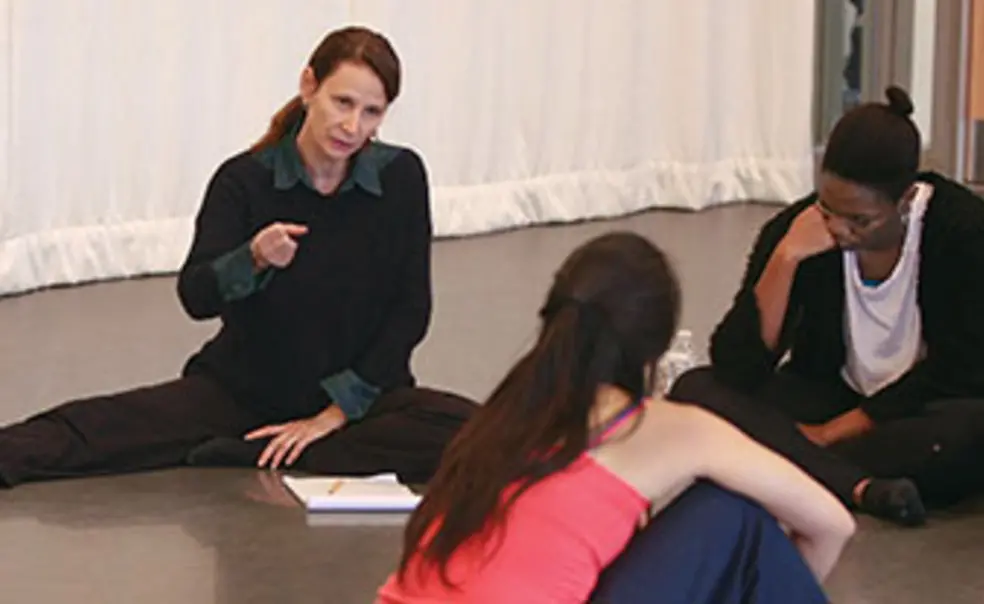
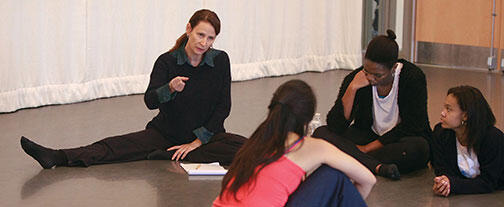






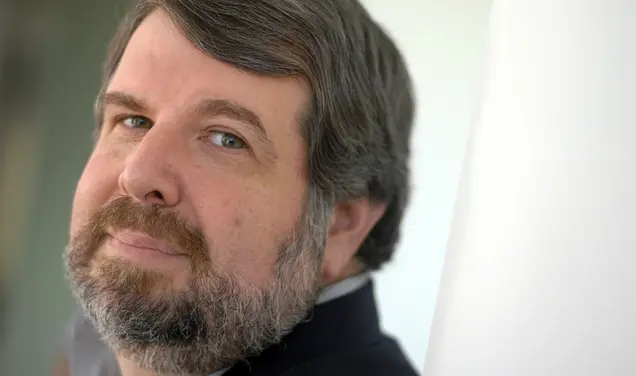
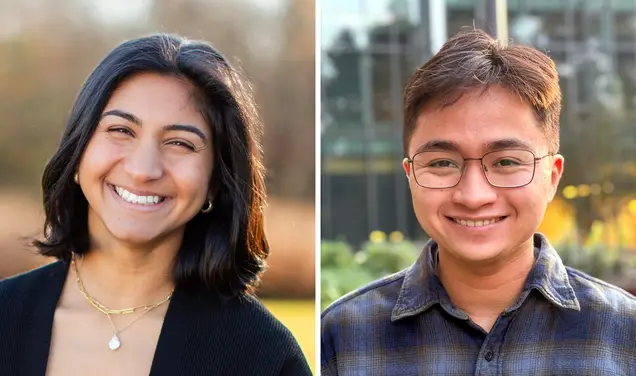
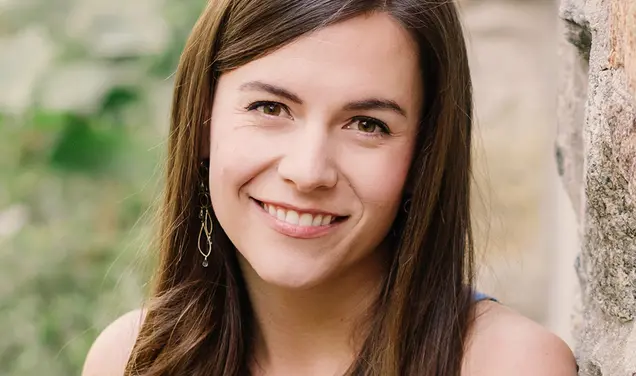

No responses yet